Home>Furniture & Design>Bathroom Accessories>How To Make Concrete Non-Slip
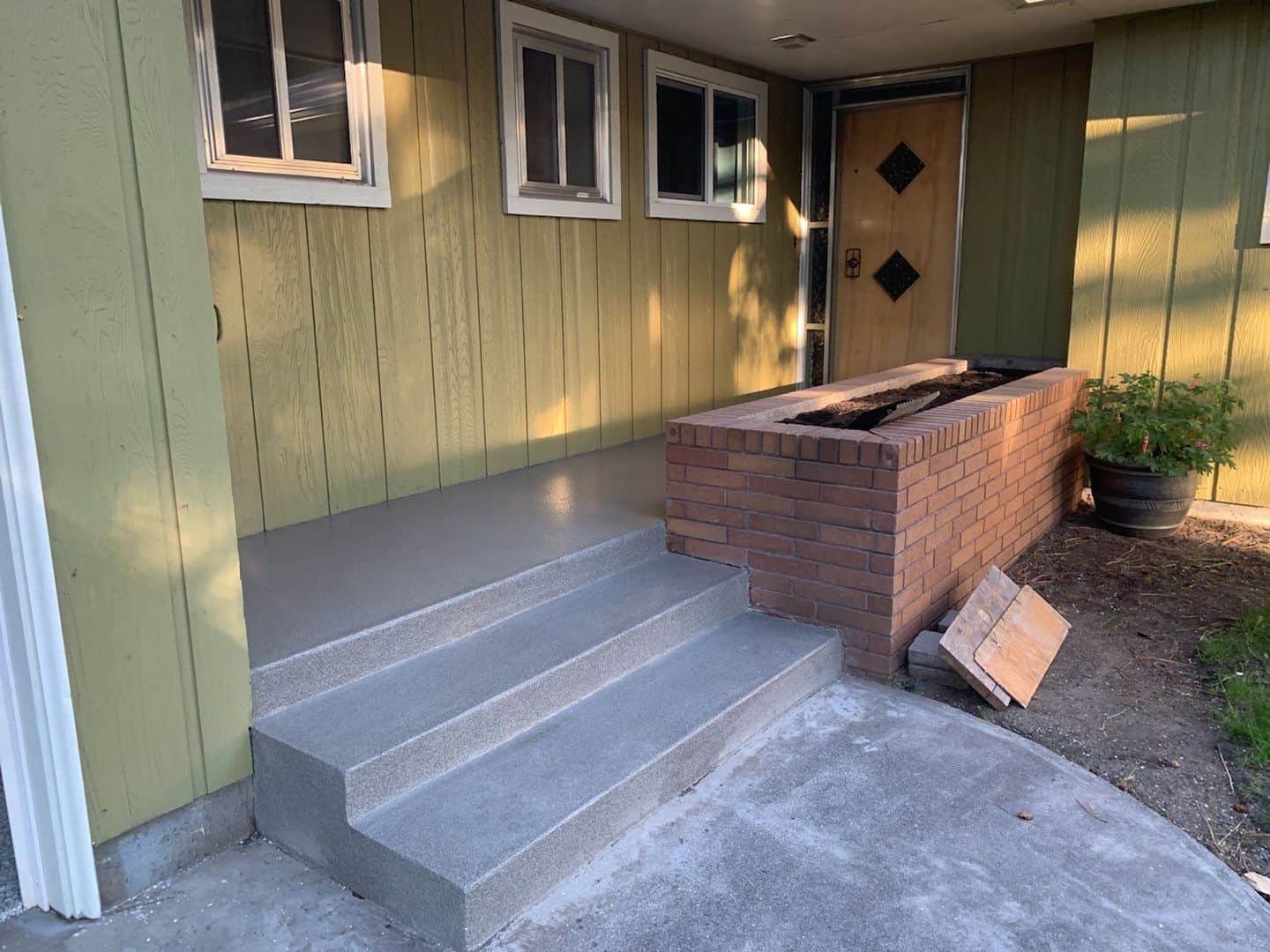

Bathroom Accessories
How To Make Concrete Non-Slip
Published: February 10, 2024
Learn how to make your bathroom accessories non-slip with our expert tips and techniques. Create a safer environment with our easy-to-follow concrete non-slip solutions.
(Many of the links in this article redirect to a specific reviewed product. Your purchase of these products through affiliate links helps to generate commission for Storables.com, at no extra cost. Learn more)
Introduction
When it comes to designing and constructing outdoor spaces, safety is paramount. Whether it's a patio, driveway, or pool deck, the last thing anyone wants is a slippery surface that poses a risk of accidents. This is where the concept of non-slip concrete comes into play. Non-slip concrete is a crucial consideration for any outdoor concrete surface, as it provides traction and minimizes the potential for slips and falls, especially in wet or icy conditions.
Creating non-slip concrete involves various techniques and materials that alter the surface texture to enhance grip and prevent accidents. From incorporating aggregates to applying specialized treatments, there are multiple methods to achieve non-slip properties in concrete. Understanding these methods and their applications is essential for anyone involved in concrete construction and maintenance.
In this comprehensive guide, we will delve into the various methods for making concrete non-slip, providing valuable insights into the use of aggregates, additives, and surface treatments. By the end of this article, you will have a clear understanding of the importance of non-slip concrete and the diverse approaches to achieve this essential characteristic. So, let's embark on this journey to discover the art and science of creating non-slip concrete surfaces that prioritize safety without compromising on aesthetics and functionality.
Key Takeaways:
- Non-slip concrete is crucial for outdoor safety, reducing the risk of accidents in wet or icy conditions. Methods include using aggregates, additives, and surface treatments to enhance traction and comply with safety regulations.
- Aggregates, non-slip additives, and surface treatments are versatile methods for making concrete non-slip. They offer customizable solutions to prioritize safety without compromising on aesthetics, functionality, or compliance with regulations.
Read more: What Makes Non-Slip Shoes Non-Slip
Understanding the Importance of Non-Slip Concrete
The significance of non-slip concrete cannot be overstated, especially in outdoor settings where the risk of slips and falls is heightened. Whether it's a residential driveway, a commercial walkway, or a public pool deck, the safety of individuals traversing these surfaces is a top priority. Non-slip concrete plays a pivotal role in mitigating the potential hazards associated with smooth or slippery surfaces, particularly in adverse weather conditions.
In regions prone to rain, snow, or ice, the risk of accidents on untreated concrete surfaces is amplified. Without adequate traction, these surfaces can become treacherous, posing a threat to pedestrians and vehicles. By incorporating non-slip features into concrete, the risk of slipping is significantly reduced, enhancing safety and providing peace of mind for property owners and users alike.
Moreover, non-slip concrete is essential for compliance with safety regulations and building codes. Many local authorities and regulatory bodies mandate the use of non-slip surfaces in public and commercial spaces to ensure the well-being of the community. By adhering to these standards, property owners and construction professionals demonstrate their commitment to safety and responsible construction practices.
Beyond safety considerations, non-slip concrete also contributes to the longevity and durability of outdoor surfaces. The enhanced grip provided by non-slip treatments reduces wear and tear caused by slippage, thereby extending the lifespan of the concrete. This, in turn, leads to cost savings and reduced maintenance requirements over time.
In addition to its practical benefits, non-slip concrete offers aesthetic advantages. With a variety of textures and finishes available, non-slip treatments can enhance the visual appeal of outdoor spaces while maintaining their safety and functionality. This combination of safety, durability, and aesthetics makes non-slip concrete an indispensable element in the design and construction of outdoor environments.
In summary, the importance of non-slip concrete cannot be overstated. It is a fundamental aspect of creating safe, durable, and visually appealing outdoor surfaces. By understanding the significance of non-slip concrete, we can appreciate its role in safeguarding individuals, complying with regulations, and enhancing the overall quality of outdoor spaces.
Methods for Making Concrete Non-Slip
Creating non-slip concrete involves a range of effective methods that alter the surface texture to enhance traction and safety. These methods are essential for ensuring that outdoor concrete surfaces provide secure footing in various conditions. Let's explore the diverse approaches to making concrete non-slip:
Using Aggregates for Non-Slip Texture
Incorporating aggregates into the concrete mix is a popular method for achieving non-slip surfaces. Aggregates such as sand, gravel, or crushed stone are mixed into the concrete before it is poured and finished. These aggregates protrude from the surface, creating a rough texture that enhances grip. The size and type of aggregates can be customized to achieve the desired level of traction, making this method versatile and effective.
Adding Non-Slip Additives to Concrete
Non-slip additives, such as polymer grits or silica sand, can be mixed into the concrete to impart a non-slip texture. These additives create a rough surface when evenly distributed throughout the concrete mix. By enhancing the friction between the surface and footwear, these additives significantly reduce the risk of slipping, especially in wet or icy conditions. This method offers flexibility in adjusting the degree of non-slip properties based on specific requirements.
Read more: How To Make Non-Slip Paint
Applying Surface Treatments for Non-Slip Concrete
Surface treatments provide an effective way to make existing concrete surfaces non-slip. These treatments include the application of specialized coatings or sealants that contain non-slip agents. These agents create a textured surface that improves traction without compromising the appearance of the concrete. Additionally, etching or acid washing the concrete surface can enhance its grip by creating a roughened texture. Surface treatments offer a practical solution for enhancing safety without the need for extensive construction or replacement of concrete surfaces.
By understanding and implementing these methods, concrete professionals and property owners can ensure that outdoor concrete surfaces prioritize safety without sacrificing functionality or aesthetics. Whether it's through the use of aggregates, non-slip additives, or surface treatments, the goal remains the same: to create non-slip concrete surfaces that provide secure footing and peace of mind for all who traverse them.
Using Aggregates for Non-Slip Texture
In the realm of concrete construction, the incorporation of aggregates stands out as a time-tested and versatile method for achieving non-slip surfaces. Aggregates, such as sand, gravel, or crushed stone, play a pivotal role in altering the texture of concrete, thereby enhancing its grip and traction. This method offers a practical and customizable approach to creating non-slip concrete surfaces that prioritize safety without compromising on functionality or aesthetics.
The process of using aggregates for non-slip texture begins during the concrete mixing phase. As the concrete is prepared, aggregates are introduced into the mix, becoming an integral part of the composite material. The selection of aggregates, including their size and composition, directly influences the resulting texture and non-slip properties of the concrete surface. Coarser aggregates protrude from the surface, creating a roughened texture that significantly improves traction, especially in wet or slippery conditions.
One of the key advantages of using aggregates for non-slip texture is the ability to customize the level of traction based on specific requirements. By varying the size and type of aggregates, concrete professionals can tailor the surface texture to achieve the desired degree of non-slip properties. This flexibility allows for the creation of surfaces that offer optimal grip while aligning with the aesthetic and functional objectives of the project.
Furthermore, the use of aggregates for non-slip texture extends beyond practicality to encompass design versatility. The incorporation of aggregates introduces visual and tactile elements to the concrete surface, adding depth and character to outdoor spaces. Whether it's the natural appeal of exposed aggregate concrete or the tailored texture of custom aggregate mixes, this method allows for the seamless integration of non-slip features with the overall design scheme.
In summary, using aggregates for non-slip texture is a fundamental and effective method for enhancing the safety and functionality of concrete surfaces. By leveraging the diverse properties of aggregates, concrete professionals can create outdoor spaces that prioritize safety without compromising on visual appeal or durability. This method exemplifies the seamless fusion of practicality and design, underscoring the essential role of aggregates in the art and science of making concrete non-slip.
Adding Non-Slip Additives to Concrete
Adding non-slip additives to concrete presents a versatile and effective method for enhancing the traction and safety of outdoor surfaces. By incorporating specialized additives, such as polymer grits or silica sand, into the concrete mix, the resulting surface texture is transformed to provide superior grip and reduce the risk of slips and falls, particularly in challenging weather conditions.
The process of adding non-slip additives begins during the concrete mixing phase. Once the concrete components are combined, the non-slip additives are introduced and thoroughly integrated into the mix. This ensures that the additives are evenly distributed throughout the concrete, resulting in a uniform non-slip texture across the entire surface. The presence of these additives creates a roughened texture that significantly enhances the friction between footwear and the concrete, thereby minimizing the potential for accidents.
One of the key advantages of adding non-slip additives to concrete lies in the ability to customize the level of non-slip properties based on specific requirements. By adjusting the concentration and type of additives, concrete professionals can tailor the surface texture to achieve the desired degree of traction, ensuring that it aligns with the safety and functional objectives of the project. This flexibility allows for the creation of non-slip concrete surfaces that offer optimal grip without compromising on the overall design and aesthetic considerations.
Furthermore, the use of non-slip additives contributes to the longevity and durability of outdoor concrete surfaces. By enhancing the surface texture and reducing the risk of slippage, these additives help minimize wear and tear, ultimately extending the lifespan of the concrete. This not only leads to cost savings but also reduces the need for frequent maintenance, making non-slip additives a practical and sustainable solution for ensuring the safety and longevity of outdoor concrete surfaces.
In summary, adding non-slip additives to concrete is a valuable and adaptable method for enhancing the safety and functionality of outdoor spaces. By leveraging the unique properties of these additives, concrete professionals can create non-slip surfaces that prioritize safety while seamlessly integrating with the overall design and aesthetic objectives. This method exemplifies the fusion of practicality and customization, underscoring the essential role of non-slip additives in the art and science of making concrete non-slip.
To make concrete non-slip, add a non-slip additive to the concrete mix before pouring. You can also apply a non-slip sealer or use a non-slip coating after the concrete has cured.
Applying Surface Treatments for Non-Slip Concrete
Applying surface treatments for non-slip concrete offers a practical and efficient approach to enhancing the safety and traction of outdoor surfaces. These treatments encompass a range of specialized coatings, sealants, and texturizing methods designed to transform existing concrete surfaces into non-slip environments. By utilizing surface treatments, property owners and concrete professionals can effectively address safety concerns without the need for extensive construction or replacement of concrete surfaces.
One of the primary methods of applying surface treatments for non-slip concrete involves the use of specialized coatings or sealants that contain non-slip agents. These agents are formulated to create a textured surface that significantly improves traction without compromising the appearance of the concrete. By applying these coatings, the surface texture is altered to provide enhanced grip, thereby reducing the risk of slips and falls, especially in adverse weather conditions.
In addition to specialized coatings, surface treatments for non-slip concrete may also include the process of etching or acid washing the concrete surface. This method involves the use of chemical treatments to create a roughened texture on the concrete, effectively enhancing its grip and traction. By altering the surface at a microscopic level, etching and acid washing provide a practical solution for improving the non-slip properties of existing concrete surfaces.
Furthermore, the application of surface treatments for non-slip concrete offers a sustainable and cost-effective solution for enhancing safety. By treating existing concrete surfaces, property owners can avoid the expenses associated with extensive renovations or replacements, while still achieving the essential non-slip properties required for outdoor environments. This approach not only prioritizes safety but also contributes to the longevity and durability of the concrete, ultimately leading to cost savings and reduced maintenance requirements over time.
In summary, applying surface treatments for non-slip concrete presents a versatile and effective method for enhancing the safety and functionality of outdoor spaces. Whether through the application of specialized coatings, sealants, or the process of etching and acid washing, these treatments offer practical solutions for transforming existing concrete surfaces into non-slip environments. By leveraging the diverse methods of surface treatments, property owners and concrete professionals can ensure that outdoor concrete surfaces provide secure footing and peace of mind for all who traverse them.
Read more: How To Make Slippers Non-Slip
Conclusion
In conclusion, the creation of non-slip concrete surfaces is a critical aspect of outdoor design and construction, prioritizing safety, functionality, and visual appeal. By understanding the importance of non-slip concrete and exploring the diverse methods for achieving this essential characteristic, property owners, construction professionals, and designers can ensure that outdoor spaces provide secure footing and peace of mind for all who utilize them.
The significance of non-slip concrete cannot be overstated, particularly in regions prone to adverse weather conditions. The risk of slips and falls on untreated concrete surfaces is a genuine concern, emphasizing the need for effective non-slip solutions. By incorporating non-slip features into concrete, the potential hazards associated with smooth or slippery surfaces are significantly reduced, enhancing safety and compliance with regulatory standards.
The methods for making concrete non-slip, including the use of aggregates, non-slip additives, and surface treatments, offer versatile and effective approaches to altering the surface texture and enhancing traction. The integration of aggregates and non-slip additives during the concrete mixing phase allows for customizable non-slip properties, aligning with specific project requirements. Additionally, surface treatments provide practical solutions for transforming existing concrete surfaces into non-slip environments, contributing to safety and longevity.
Furthermore, the creation of non-slip concrete surfaces extends beyond practicality to encompass design versatility and aesthetic enhancements. Whether through the incorporation of aggregates, the addition of non-slip additives, or the application of surface treatments, non-slip concrete offers visual and tactile elements that complement the overall design scheme, enhancing the appeal of outdoor spaces while prioritizing safety.
In essence, the art and science of making concrete non-slip exemplify the seamless fusion of practicality, customization, and design, underscoring the essential role of non-slip features in the creation of safe, durable, and visually appealing outdoor environments. By embracing these methods and understanding their applications, property owners and construction professionals can ensure that non-slip concrete surfaces meet the highest standards of safety and functionality, providing enduring value for both present and future generations.
Frequently Asked Questions about How To Make Concrete Non-Slip
Was this page helpful?
At Storables.com, we guarantee accurate and reliable information. Our content, validated by Expert Board Contributors, is crafted following stringent Editorial Policies. We're committed to providing you with well-researched, expert-backed insights for all your informational needs.
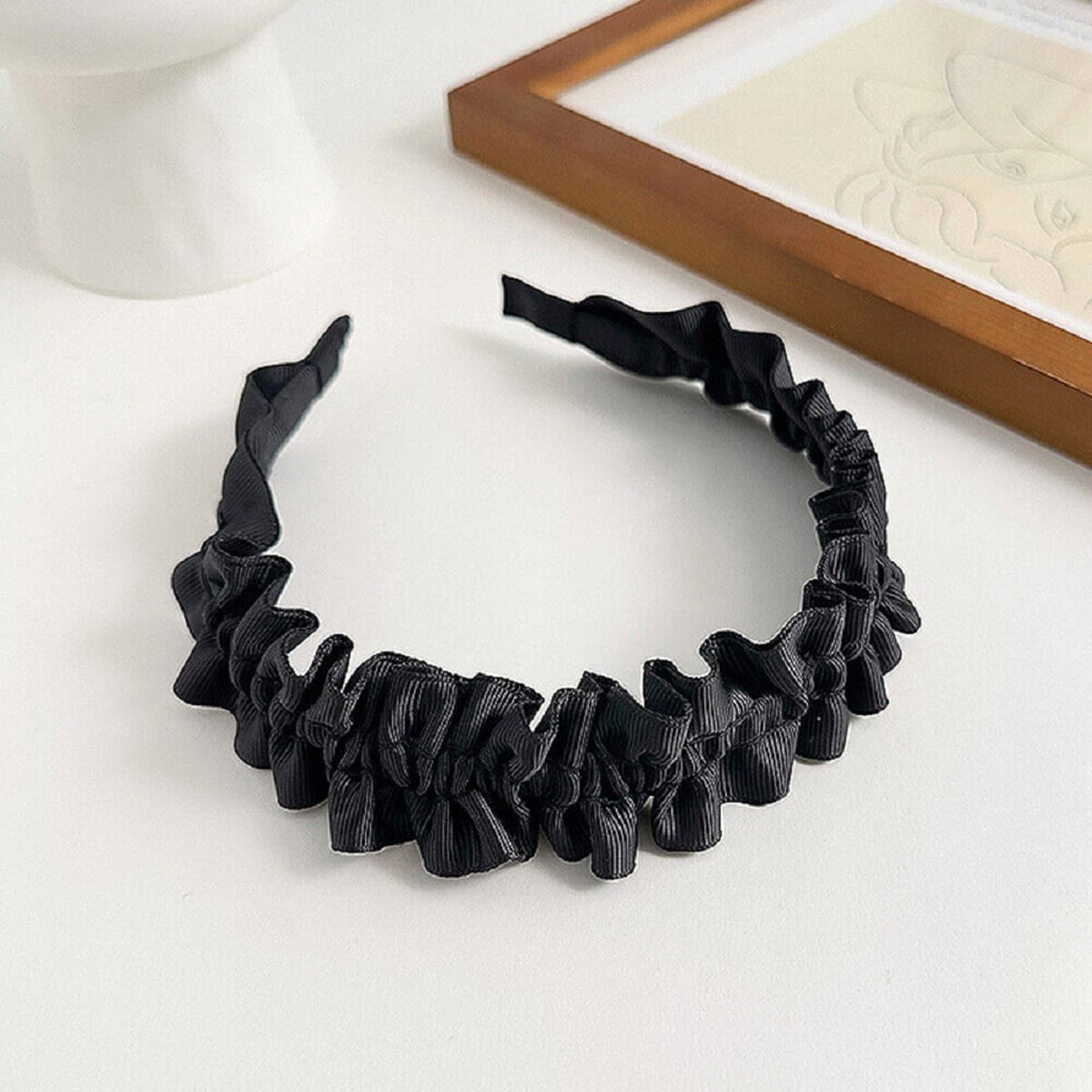
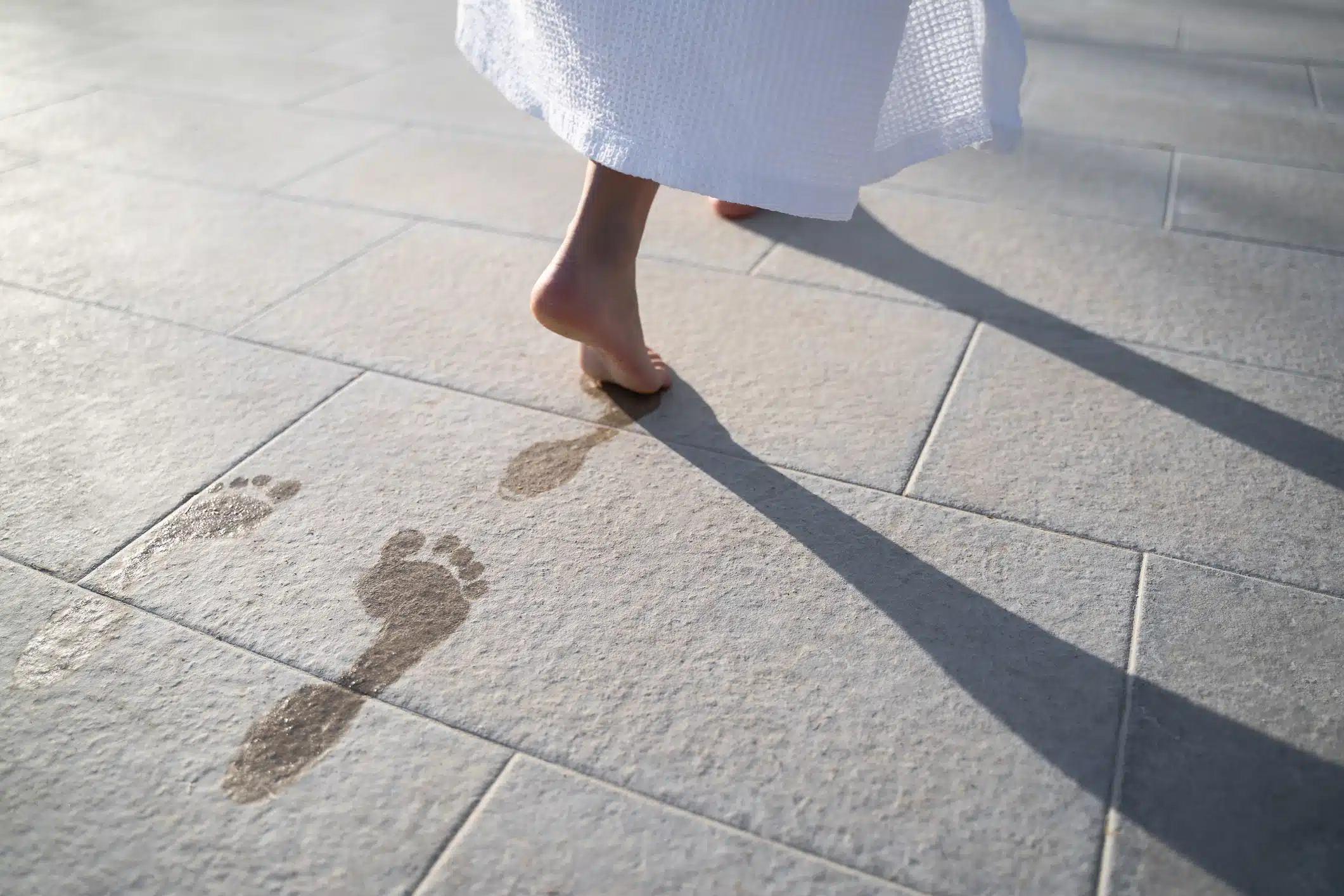
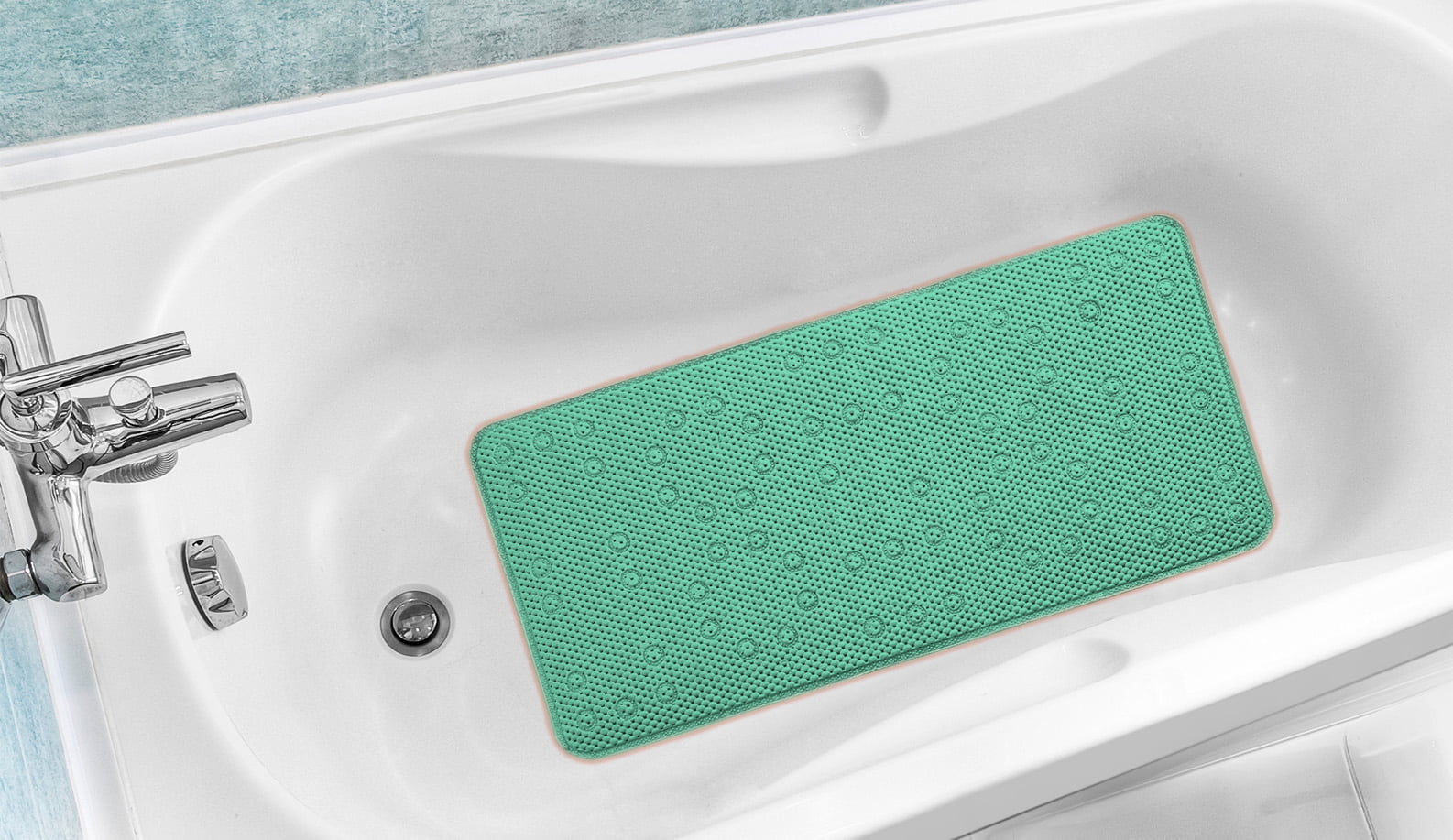
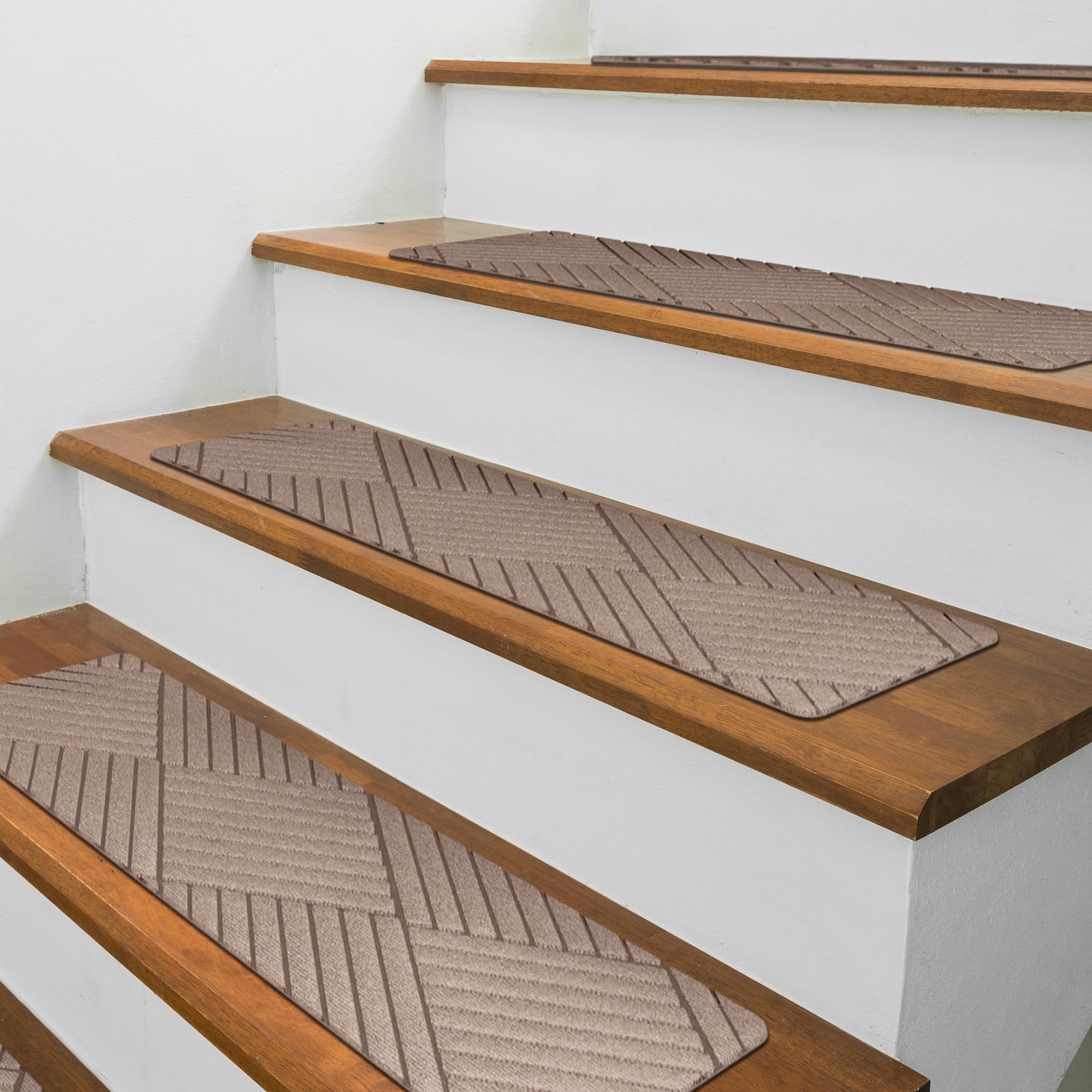
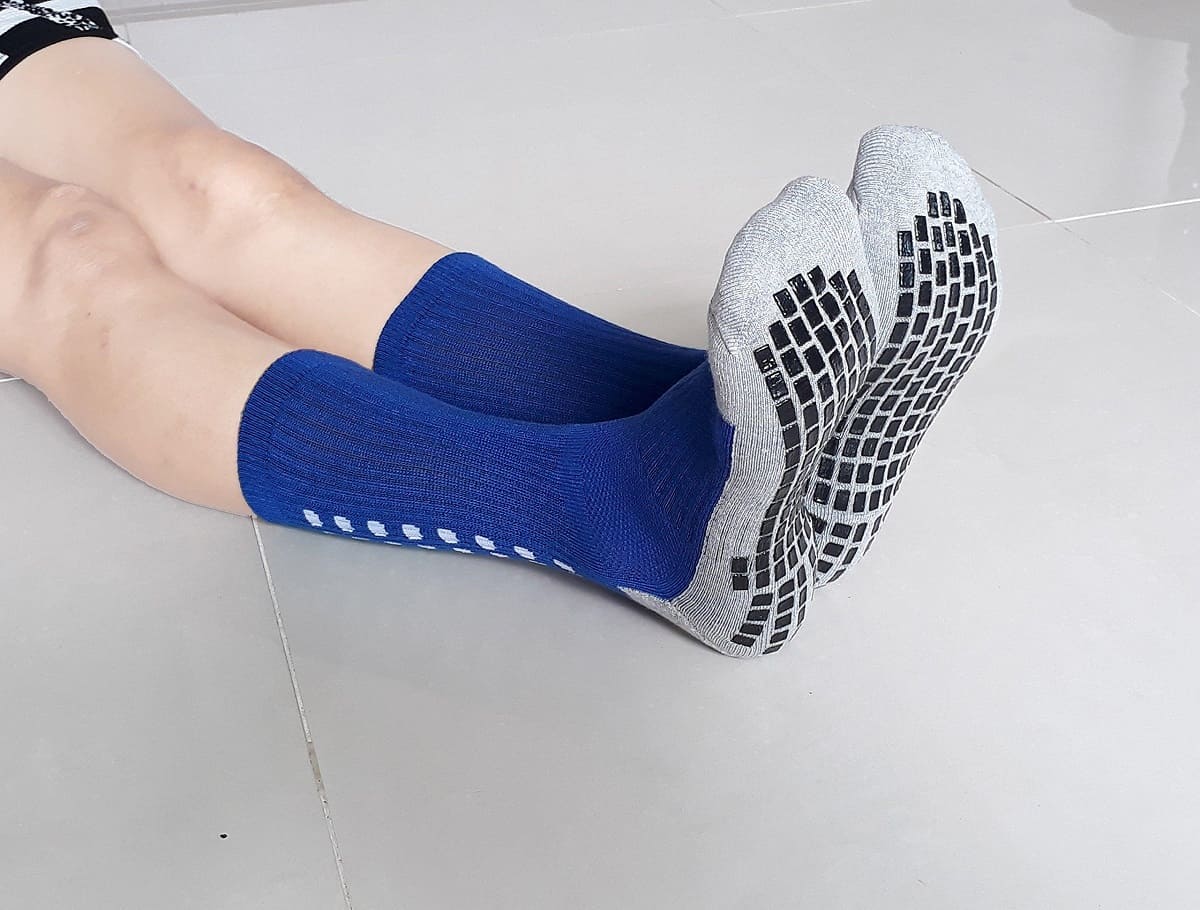

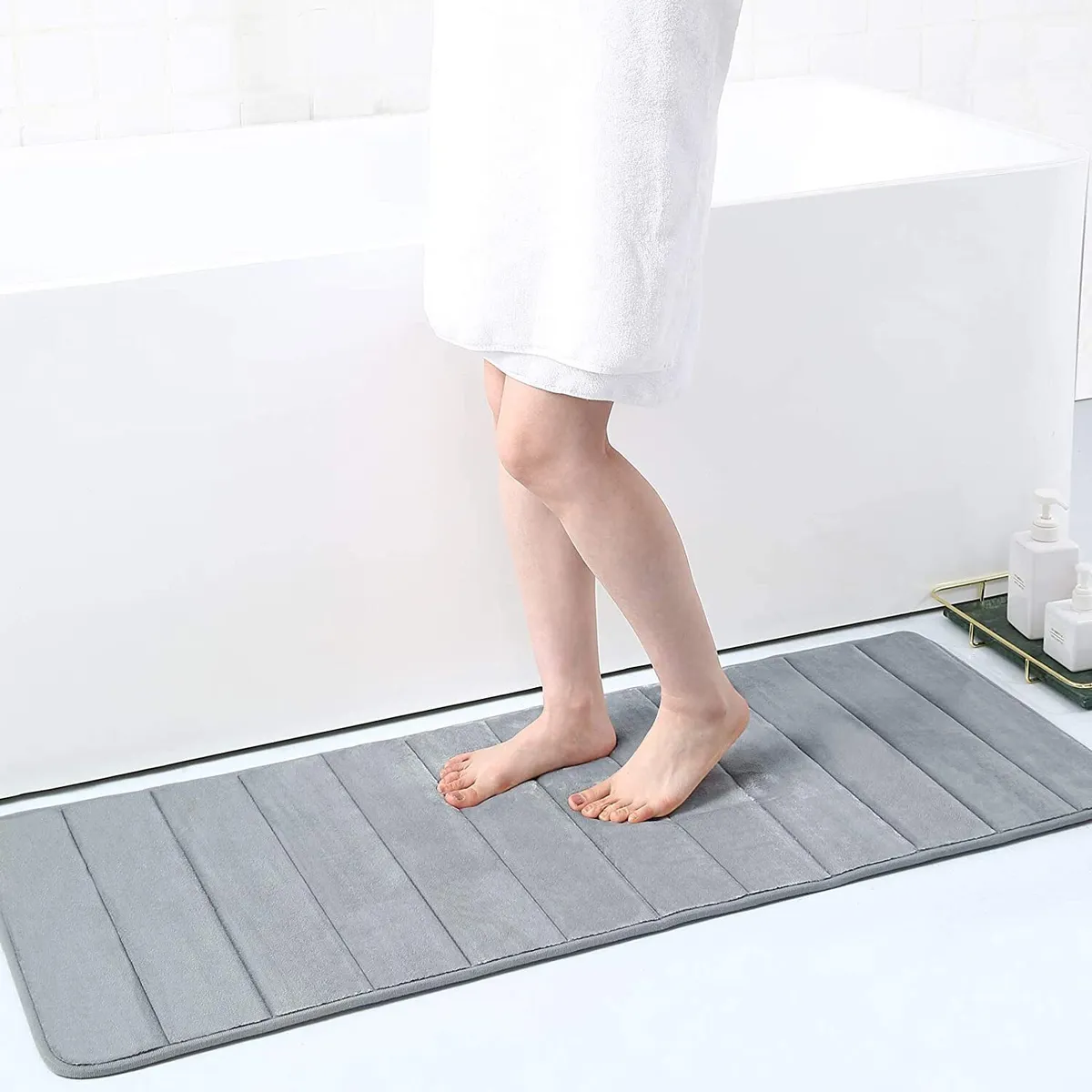
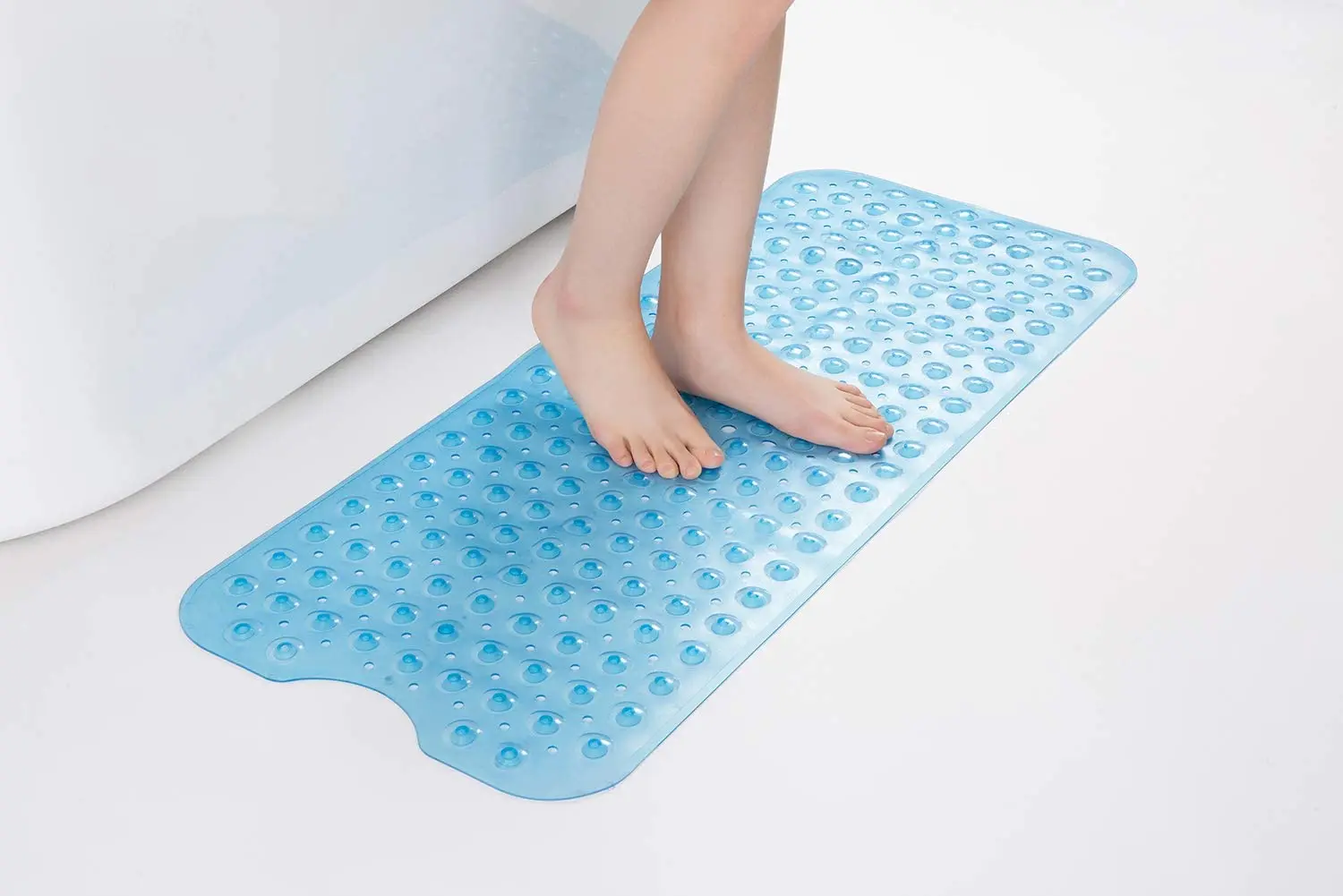
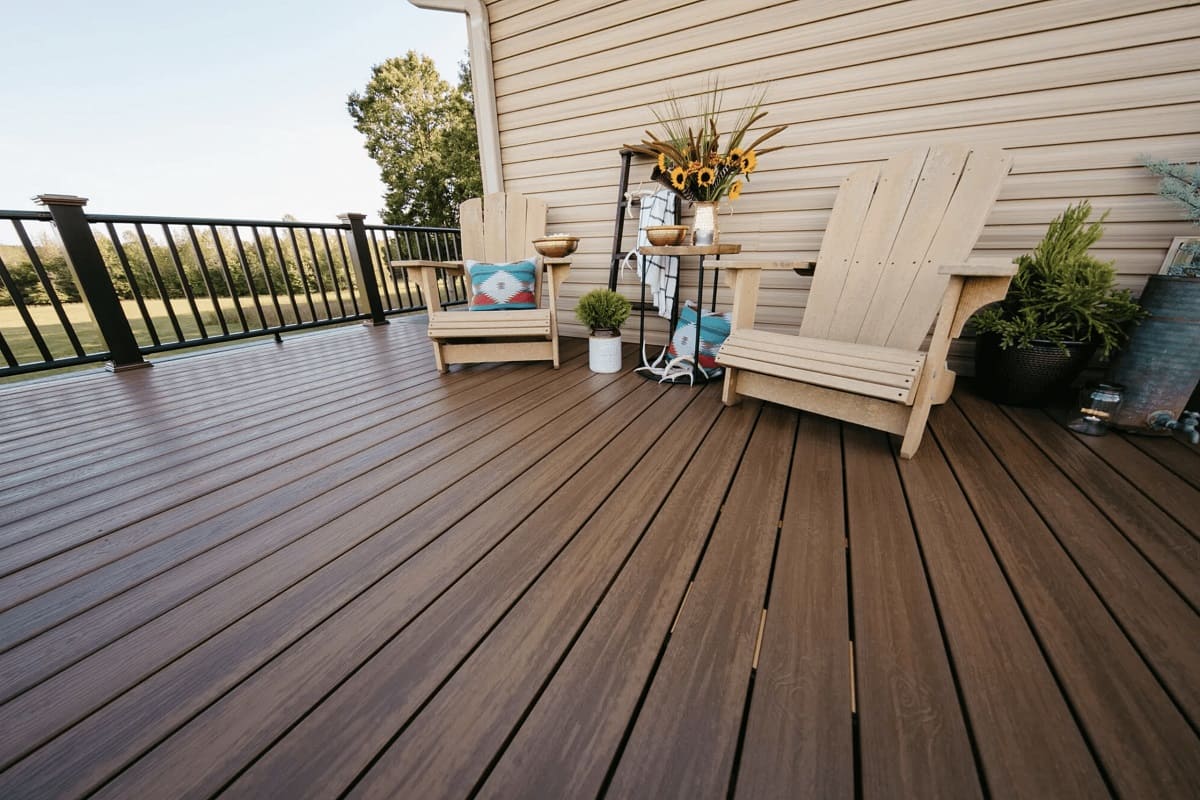
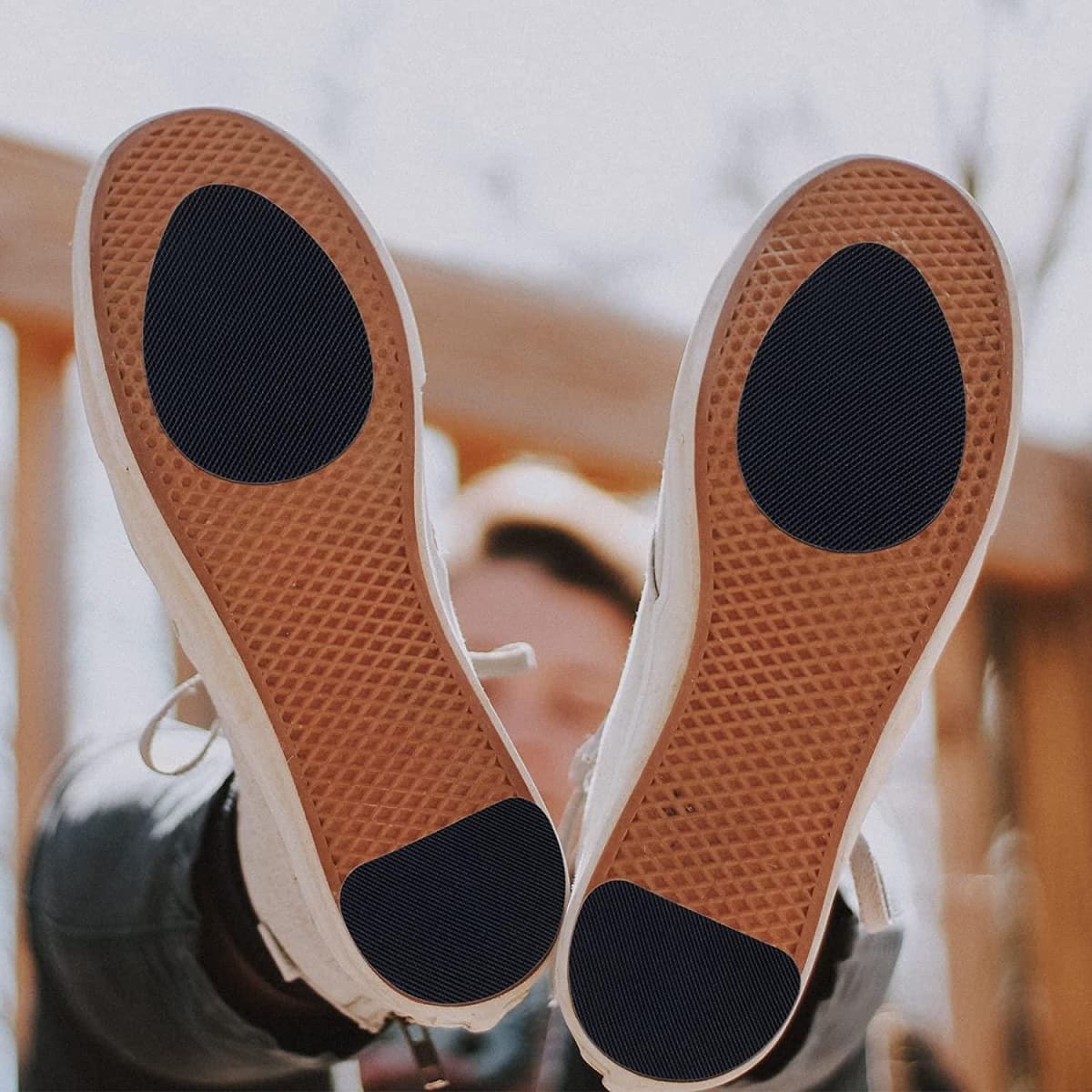
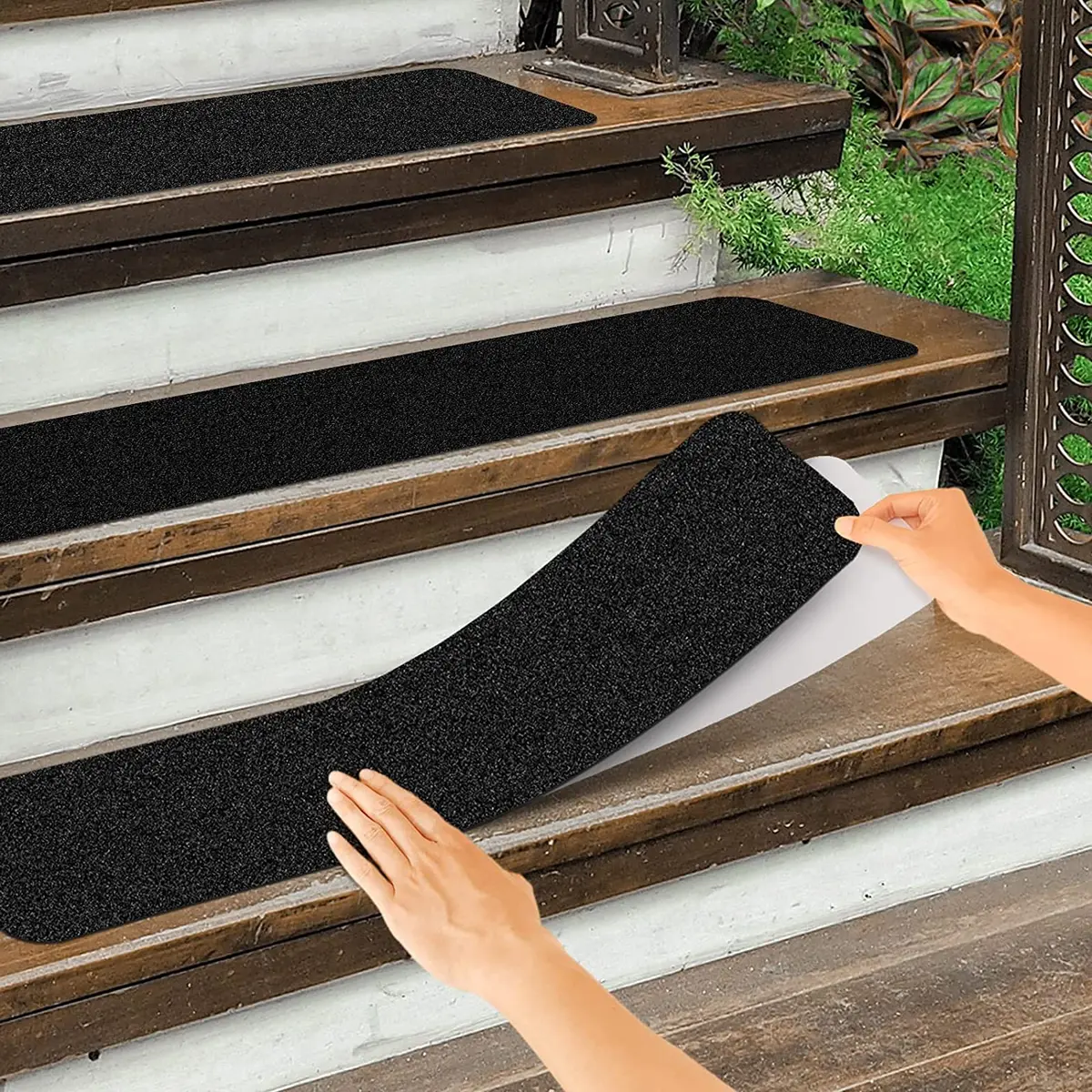
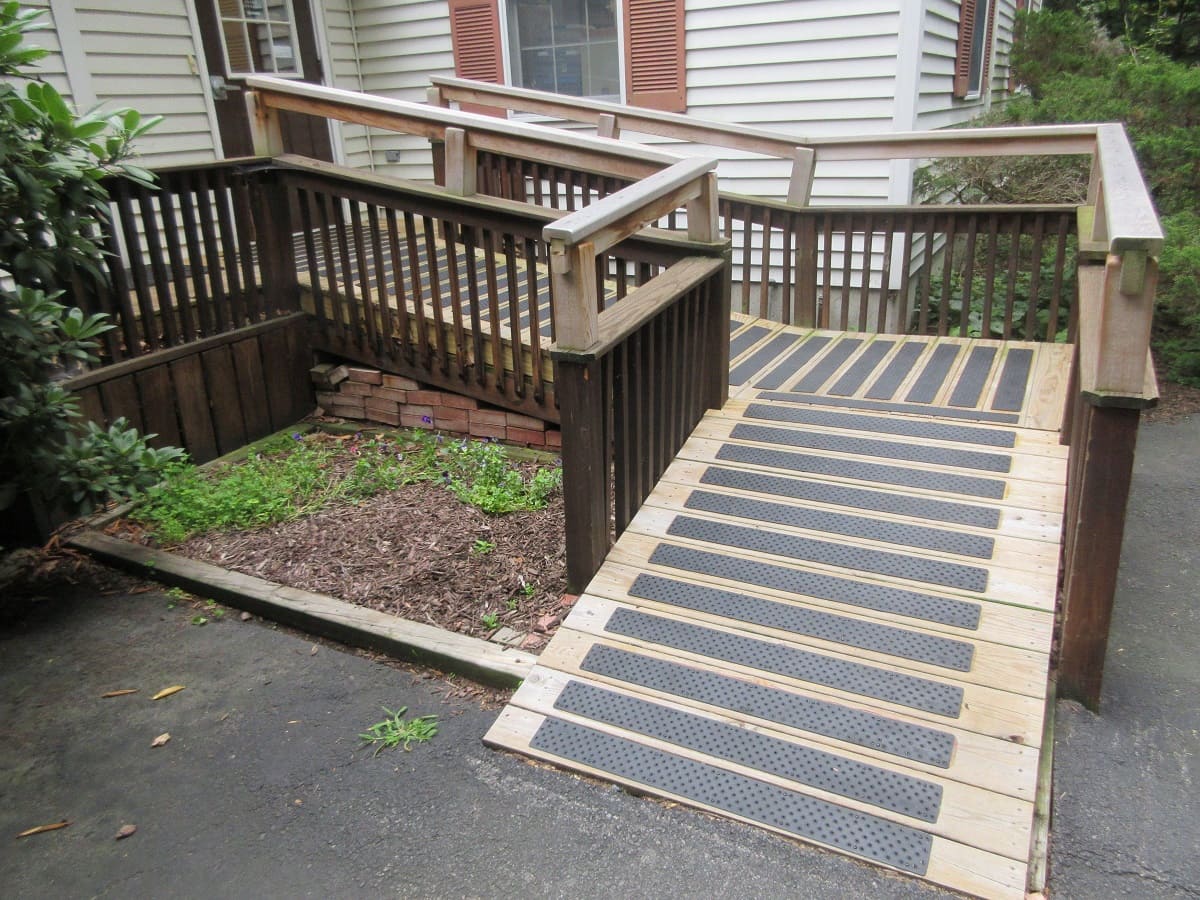


0 thoughts on “How To Make Concrete Non-Slip”